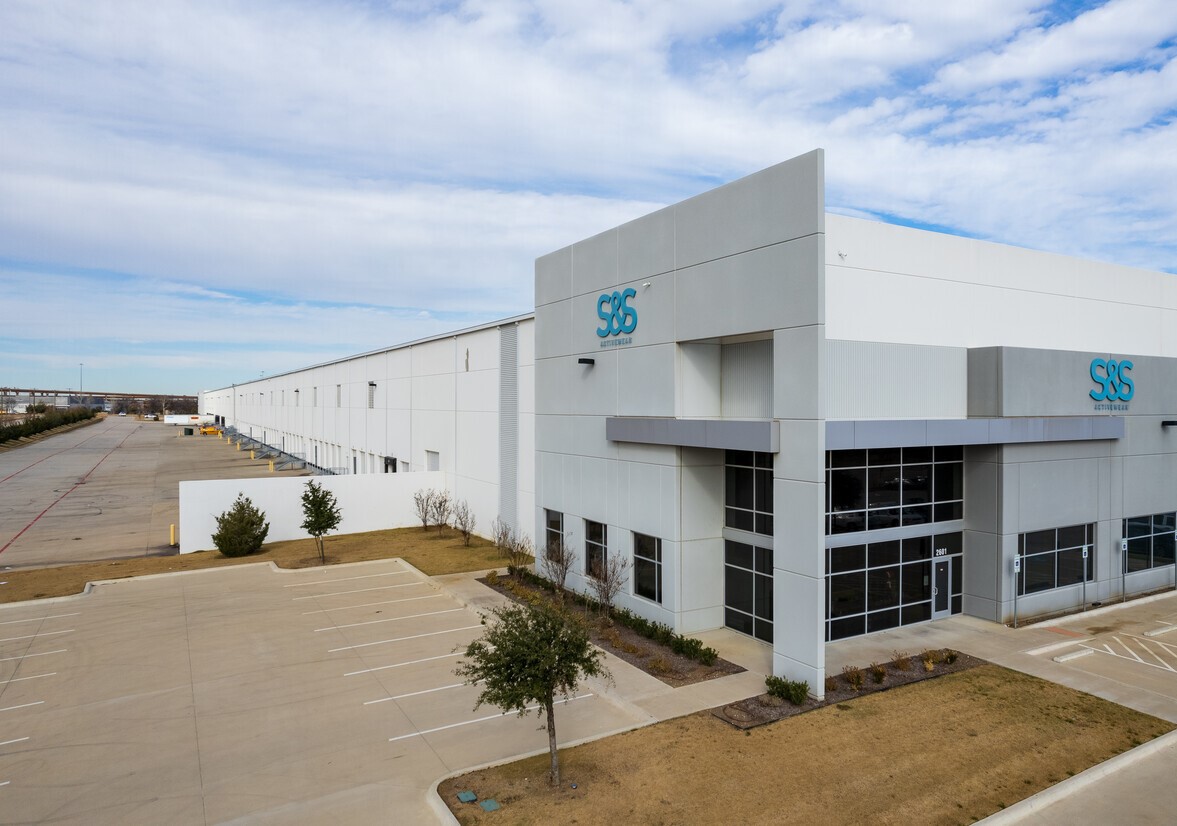Sustainability efforts gaining traction in data center sector
Industry experts believe stricter regulations will be a catalyst for significant energy reduction
When one of the world’s largest social media companies completes a data center expansion in Mesa, Arizona, it will be among the world’s most advanced and energy- and water-efficient data centers.
Fully powered by renewable solar energy, the 2.5 million-square-foot building will aim to use 60% less water than a typical data center. Efforts include recycling rainwater and funding a mile-long pipeline to replace an open ditch prone to evaporation.
The project is one of many in a sector increasingly in the spotlight for energy consumption. Data centers are critical nodes in an increasingly digital world. But unfortunately, they also require massive amounts of energy to run.
So new sustainability projects, alongside regulations, are ramping up.
In Dublin, a large colocation data center plans to build an underground piping system to move heat waste from its facility to power a nearby hospital and university. In the Philippines, SpaceDC’s MNL1 development will be entirely powered by wind and geothermal supply. A software giant pioneer made history when it put a data center in the ocean. And last year marked the first-time deployment of a conventional data center in outer space.
While large enterprise and colocation companies are exploring new technologies in the push for sustainability, Colm Shorten, JLL Data Centres EMEA senior director, says many still struggle to get below the global average for power usage effectiveness, with no road map on how to get there.
Looking for more insights? Never miss an update.
The latest news, insights and opportunities from global commercial real estate markets straight to your inbox.
Immense pressure from both consumers and investors is shining a light on the need for stricter regulations around reporting.
“The focus on sustainability in the last two to three years has grown exponentially. It’s now under the microscope. It’s in the boardroom. It’s everywhere,” Shorten says.
JLL’s upcoming Data Center Sustainability report reveals how long-awaited pathways to mandatory sustainability reporting will be a game-changer for the industry.
In the U.S., the Securities Exchange Commission (SEC) is tightening the screws on financial reporting with plans to require public companies—including data centers - to disclose their annual greenhouse gas (GHG) emissions and the climate risk their businesses face.
The European Union is also considering serious updates to its Nonfinancial Reporting Directive to drive change in ESG. Proposed changes would increase the number of companies collecting data on their carbon footprint to assess the impact of green and behavioral taxes–including foreign companies doing business in the EU.
“Putting sustainability in line with financial reporting provides myriad benefits, such as requiring independent validation and ensuring the metrics are solid enough to avoid greenwashing,” Shorten says. “Digitally publishing them also creates more transparency so companies cannot hide behind the veil.
“If data centers want to remain in business, they will have to comply with this code of conduct sooner rather than later,” he adds.
Investment Opportunities
While some of the most sophisticated organizations already capture Scope 1 and 2 data at a high level, Mat Chamish, JLL director of Energy and Sustainability Services, says understanding emission baselines, getting data, and developing processes remain challenging.
According to JLL research, 80 to 90% of data center operators have expressed the importance of sustainability goals in their CSR or ESG reports; yet less than half (about 40%) have a solidified plan to make their facilities climate-neutral by 2030.
In addition, Uptime Institute recently reported a considerable discrepancy in data tracking, saying that while 82% of organizations surveyed tracked energy centrally, only about 33 tracked emissions.
“Right now, many organizations are just trying to understand what their baseline is relative to their client’s goals, what targets they should be setting, and where their data is housed before they start collecting it on an ongoing basis,” Chamish says.
“But their clients are demanding more. They want to know where they’re going and how fast they’re getting there. So that’s what’s moving the market,” Chamish adds. “And when you have the U.S. SEC proposing rule changes that will require carbon emissions disclosures, it certainly accelerates change.”
Contact Colm Shorten
JLL Data Centres EMEA senior directorWhat’s your investment ambition?
Uncover opportunities and capital sources all over the world and discover how we can help you achieve your investment goals.




